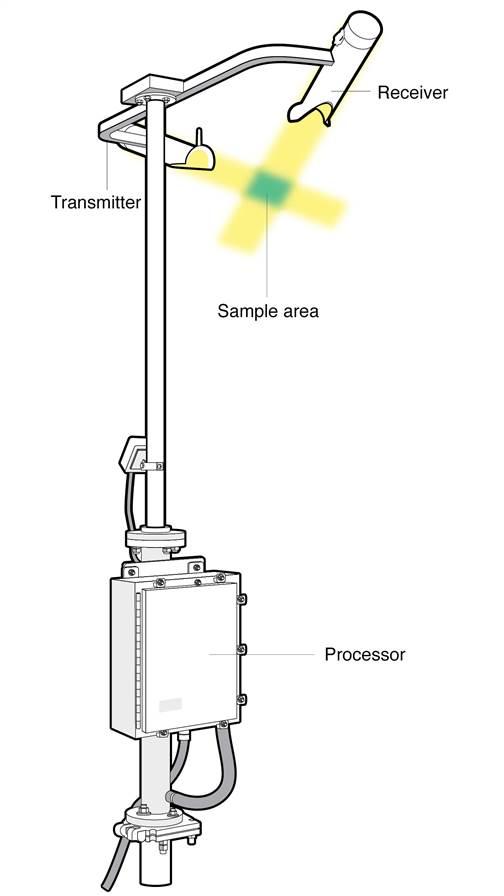 What does three-quarters of a cubic foot of air have to do with visibility? It’s the volume of air an automated weather station uses to calculate visibility.
What does three-quarters of a cubic foot of air have to do with visibility? It’s the volume of air an automated weather station uses to calculate visibility.
Visibility should be an easy concept. It’s what we can see. But the FAA makes things complicated. There’s flight visibility, reported visibility, human-gathered, and machine-gathered. At an airport without a control tower, weather reporting is done through an automated weather observing station or an automated surface observing station. These automated weather observation system (AWOS) and automated surface observation system (ASOS) units gather data automatically and transmit it via a radio frequency.
The sensor system—which includes a transmitter, receiver, and processor—determines visibility. The transmitter sends out a cone of light twice per second. The light then scatters among the particulate in the air. The receiver senses how much light has scattered, and the processor then determines—based on preexisting formulas—what the visibility is. The processor computes a one-minute visibility average.



